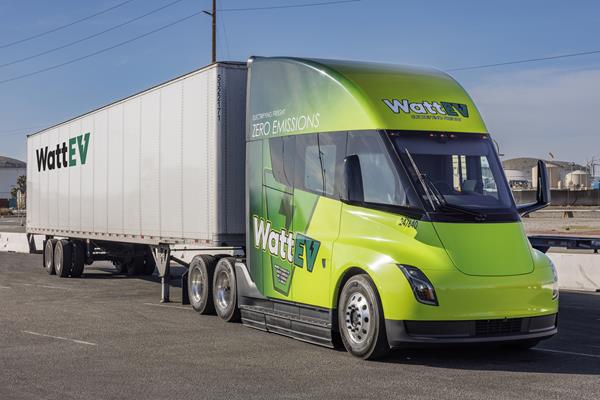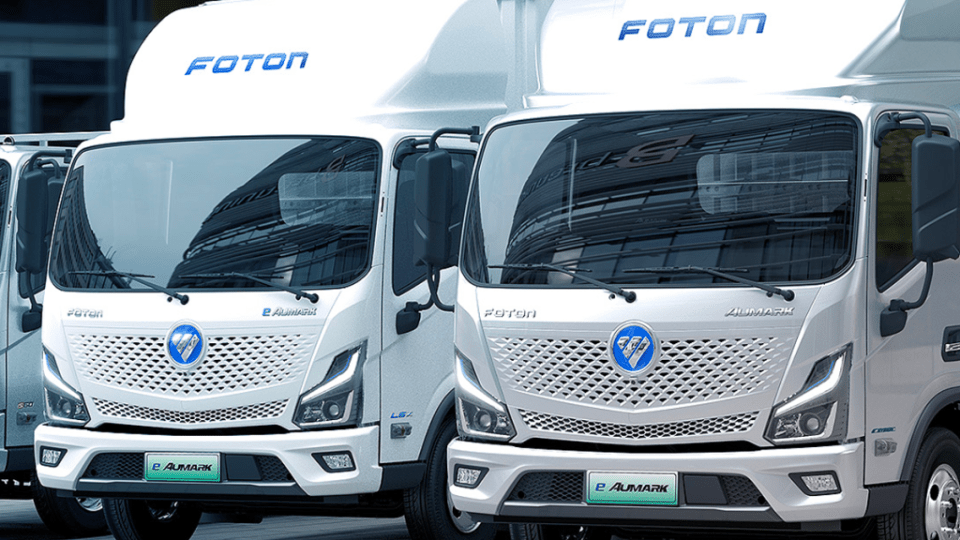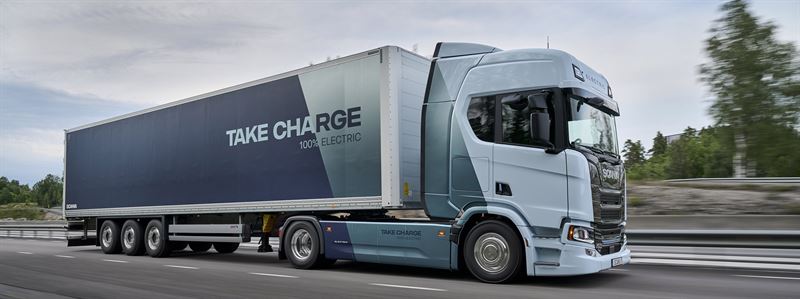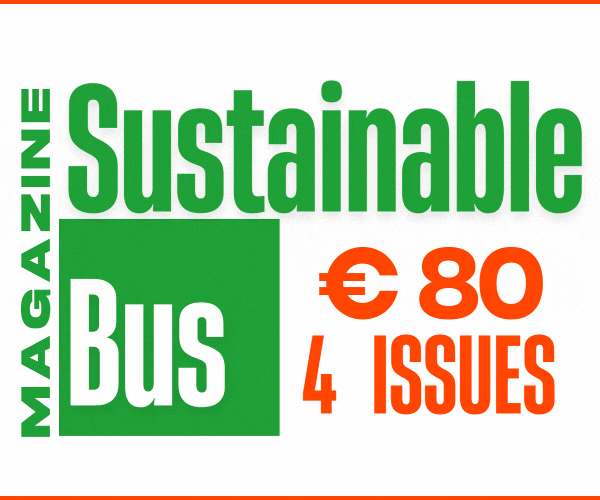FUSO eCanter, here comes the 2nd generation. Production officially starts in Tramagal (Portugal)
Sustainable Truck&Van visited the historic 'home' of the Canter (more than 250,000 have been made since 1980) to attend the launch event of the New Generation, which differs in so many ways from the one launched in 2017. In short, we are now looking at a 'native electric' vehicle, that is, one designed from the ground up for an electrified powertrain.
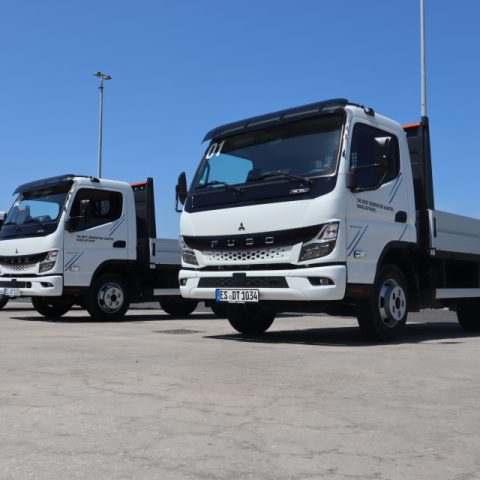
The second-generation FUSO eCanter enters production at the Daimler Truck manufacturing plant in Tramagal, central Portugal. Sustainable Truck&Van visited the historic ‘home’ of the Canter (more than 250,000 have been made since 1980) to attend the launch event of the New Generation, which differs in so many ways from the one launched in 2017.
In short, we are now looking at a ‘native electric’ vehicle, that is, one designed from the ground up for an electrified powertrain. With so many technological advantages for customers who decide to approach electrification for their urban fleets. In addition, FUSO has maximized the concepts of flexibility and modularity, both in terms of powertrain and application options.
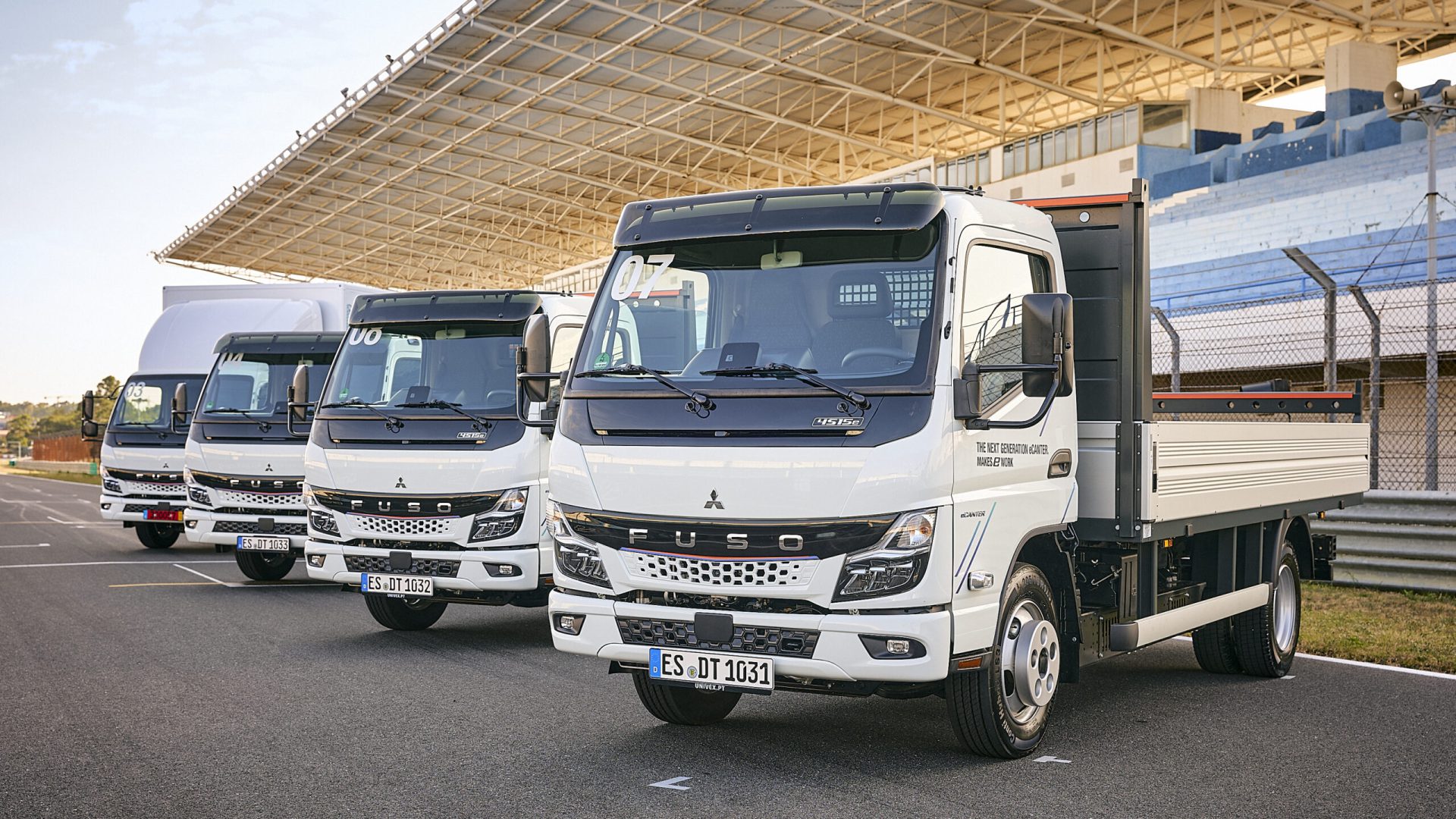
FUSO eCanter in its native environment
We had already admired the new generation of the eCanter, both at IAA Transportation and at Bauma 2022. Now, here it is in its native environment, that Portugal that FUSO has chosen as its manufacturing outpost for Europe. Trying it out on the track at the Estoril racetrack, not far from Cascais. In Japan, production of the new electric light truck began as early as the first quarter of this year, while in Europe the new generation is initially on sale in 17 countries.
In order to meet customer requirements even better, FUSO has made several adjustments to the Next Generation eCanter. While the previous electric truck was exclusively available as a 7.49-tonner with a wheelbase of 3,400 millimeters, customers now have the choice of six wheelbases between 2,500 and 4,750 millimeters and a permissible gross vehicle weight of 4.25 to 8.55 tons. The load capacity of the chassis is up to 5 tons. The Next Generation eCanter is powered either by a 110 kW (variants with a gross vehicle weight of 4.25 and 6 tons) or 129 kW (variants with a gross vehicle weight of 7.49 and 8.55 tons) electric motor with an optimized driveline and 430 Nm of torque; the maximum speed is 89 km/h (electronically limited).
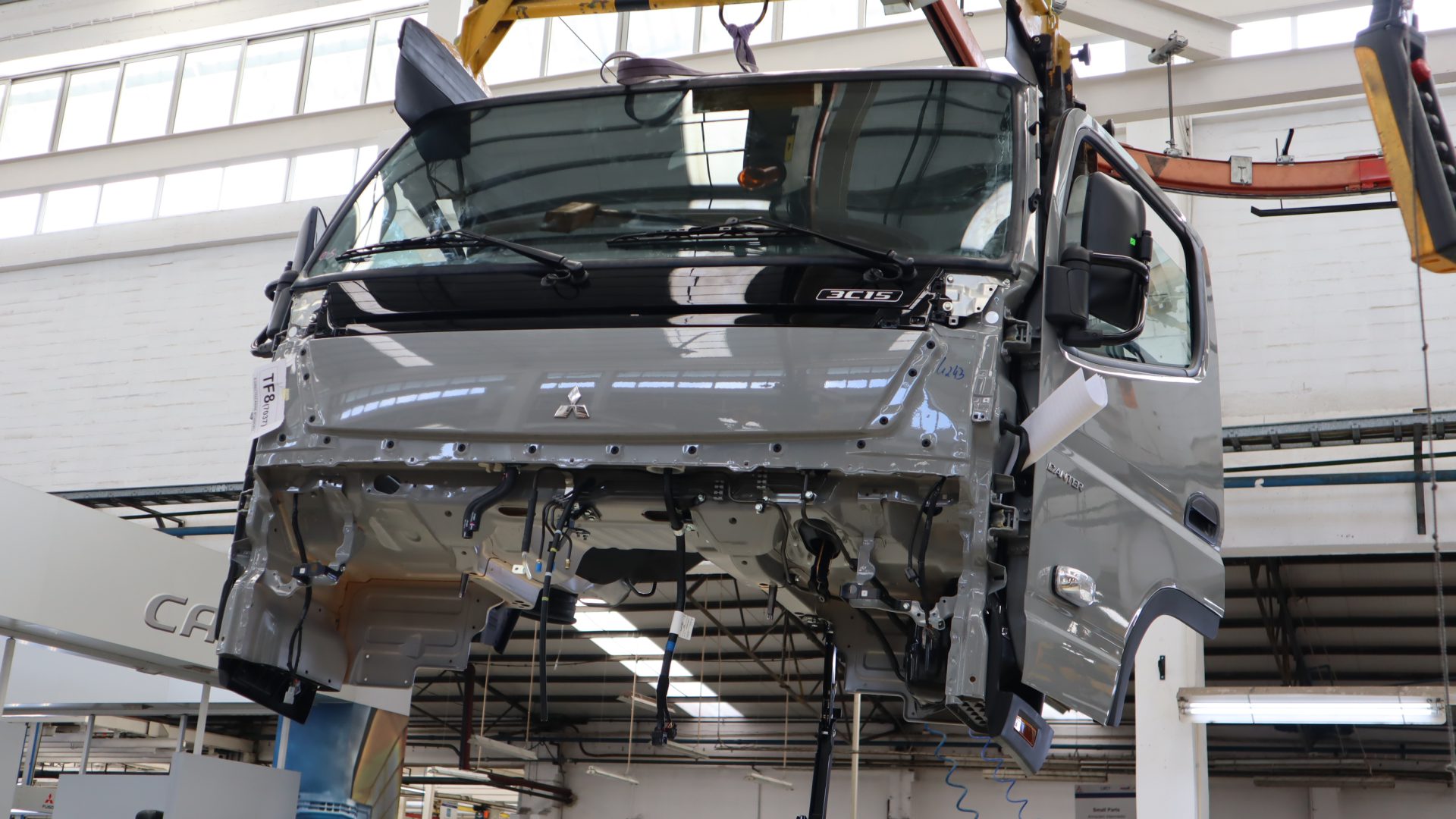
Three different battery packs available
Depending on the wheelbase, three different battery packs are available: S, M and L. The batteries use lithium iron phosphate (LFP) cell technology. These are characterized above all by a long service life and more usable energy. The battery pack in the S variant has a nominal capacity of 41 kWh and enables a range of up to 70 kilometers. In the M variant, the nominal capacity is 83 kWh and the range is up to 140 kilometers. The L variant, as the most powerful package, offers a nominal capacity of 124 kWh and a range of up to 200 kilometers.
As far as battery charging is concerned, the Next Generation eCanter is compatible with all main voltages in the major markets. The charging unit supports charging with both alternating current (AC) and direct current (DC). The Combined Charging System CCS is the charging standard, and charging is possible at up to 104 kW. DC fast charging from 20 to 80 percent of capacity is possible in approximately 24 (S), 26 (M) and 39 minutes (L), depending on the battery pack; AC charging (11 and 22 kW) takes between around four and six hours, depending on the battery pack.
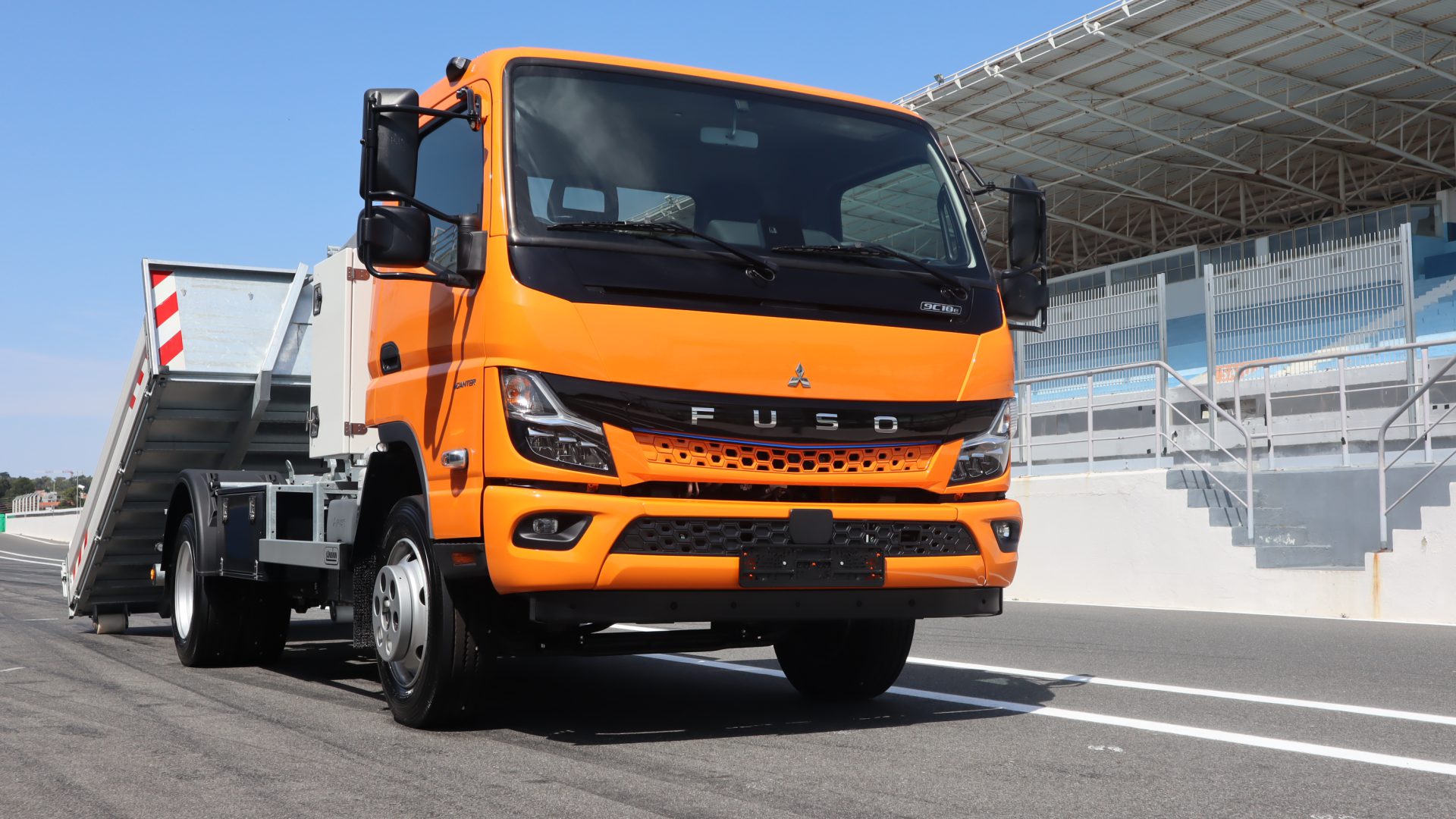
Finally, “Made in Europe” for the FUSO Next Generation eCanter does not only refer to the vehicle assembly in Tramagal: more than 50 percent of the electric truck’s components come from over 90 different European suppliers. In line with the production of the all-electric FUSO eCanter, Mitsubishi FUSO Truck Europe has also been successively converting its entire internal logistics and warehouse fleet to locally emission-free, electric vehicles since last year.










